- info@naturebylennart.com

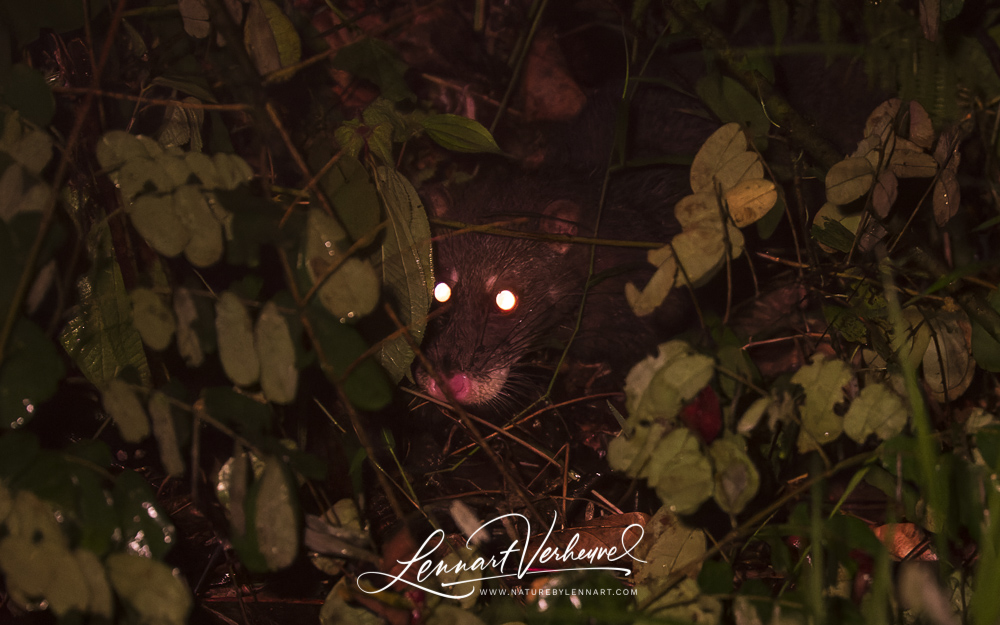
Civets belong to a group of mammals that I hadn’t seen before. They are sometimes called civetcat, but personally I don’t really see a cat in them. They are also known for the special coffee which is made by giving a civet a certain coffee berry to eat. The pit that can be found at some point a while later in the civets poo apparently makes very tasty coffee… On Borneo a total of eight species occur and during my Borneo trip in October 2019 these animals were mostly a ‘bycatch’ for me while I was looking for cats. Since they are pretty cool mammals and I did manage to see five of the eight species: hereby a civet special!
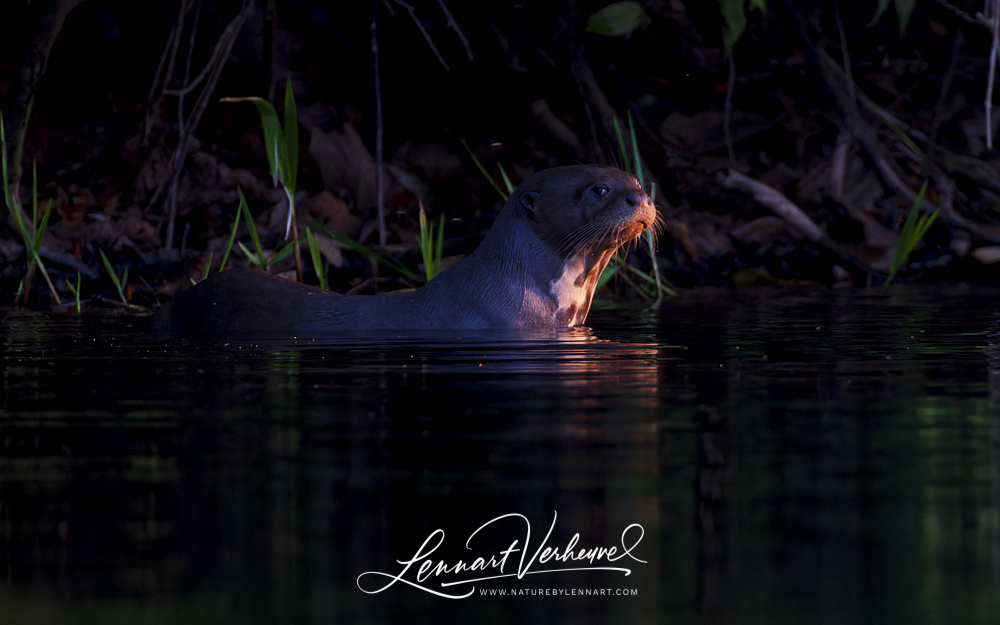
During my time in South-America there was another mammal that was high on my wish list: Giant Otter! It’s the largest otter in the world and since hadn’t seen any other in my life ever, it seemed nice to start with this one. In Tambopata I finally got the chance. Because I was asked at the last minute to help guide around some German tourists (hadn’t thought I would have to speak so much German in South-America), I also got the chance to search for them at a good spot. This was an oxbow lake called Triastianbatis where they were regularly seen. The tourists wanted to see them as well, so I could tag along!
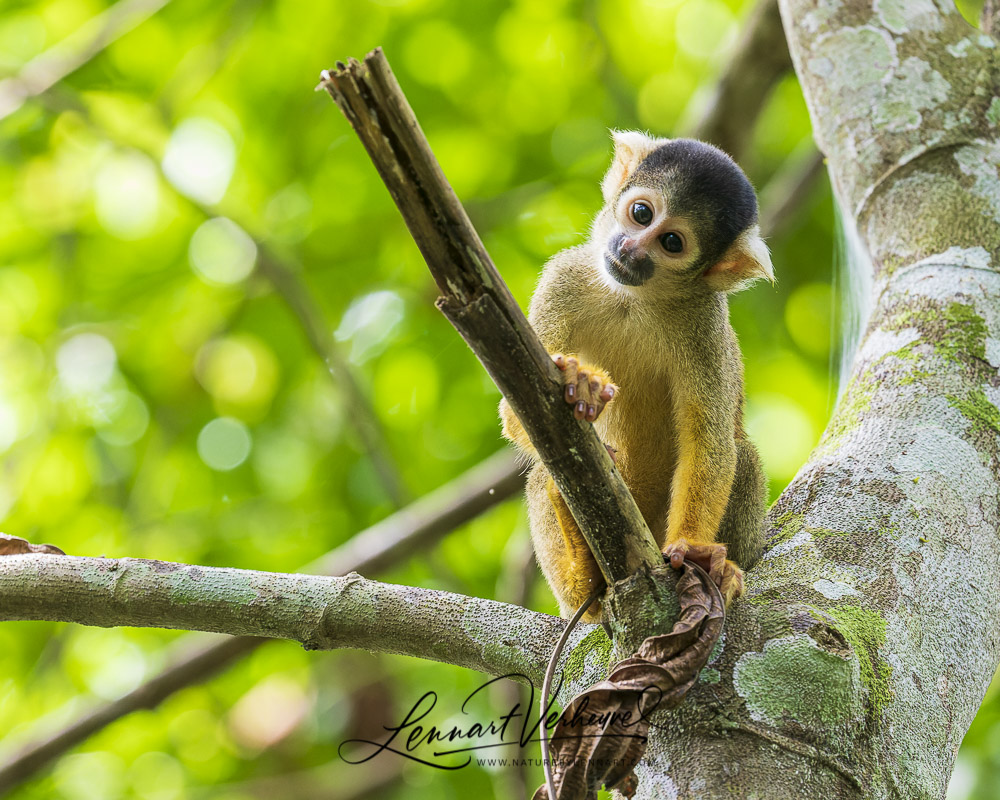
After Bolivia I went to Peru. First I spent two weeks at a language school in Cusco to learn Spanish and after that I went for three weeks into the Tambopata park in order to see as many animals as possible. My goal was to see at least one new wild cat, but sadly I did not succeed. Fortunately there were many other beautiful mammals to see: monkeys for instance!
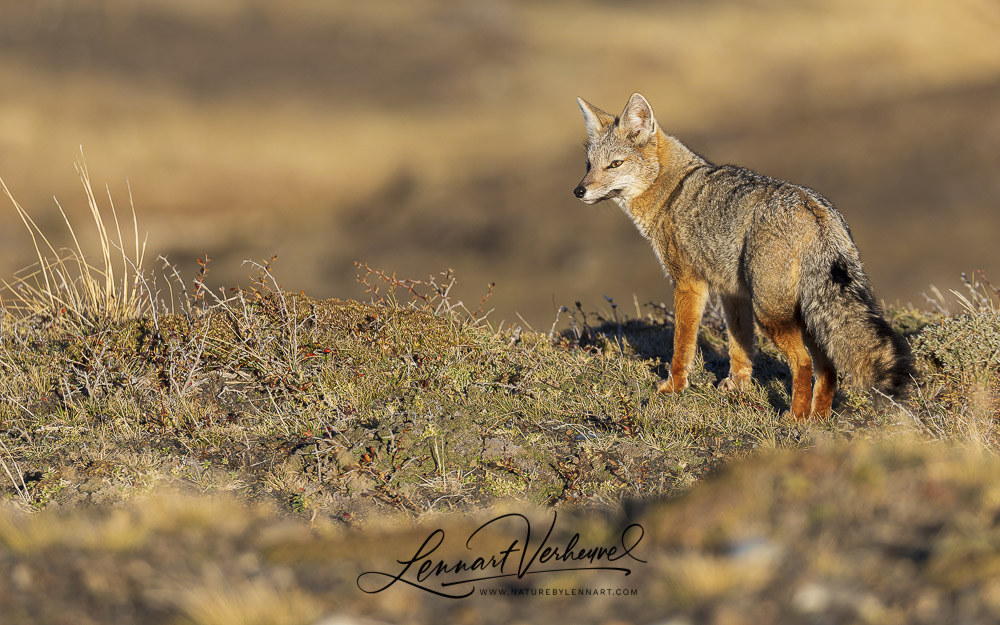
Torres del Paine National Park is known for it’s Puma’s. Naturally they are the stars of the Park, but there are more nice animals to see! When we were walking around there we encountered a pair of South-American Grey Foxes. These foxes are pretty common in Patagonia, but they still look very nice! We had them in beautiful light too. I took a lot of pictures….
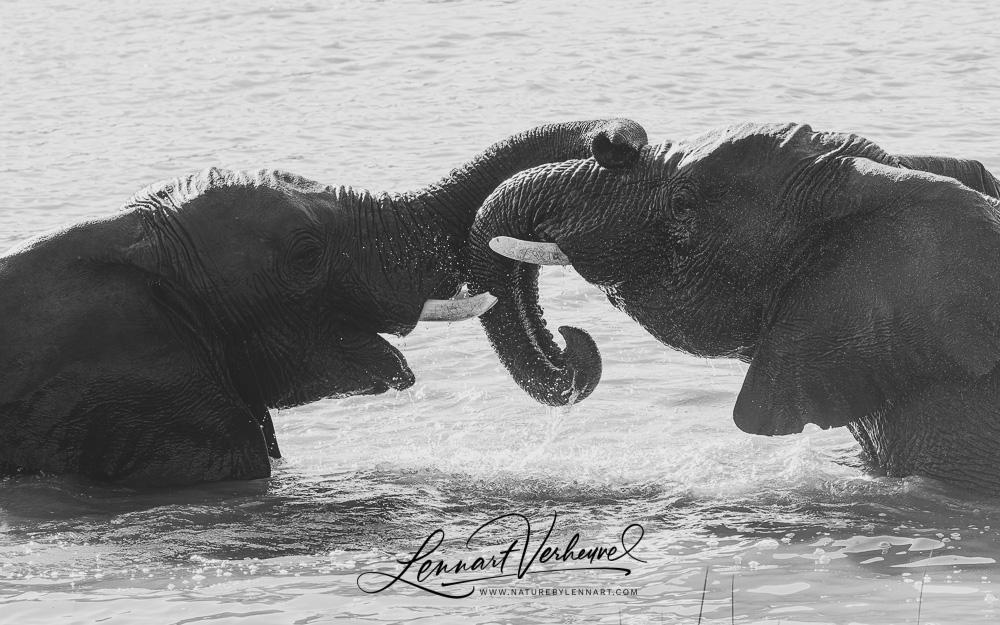
Before I went to Africa, Elephants didn’t do much for me. Of course the Elephant is a colossal animal with a trunk and tusks and those are all points in its favour, but I just wasn’t feeling very excited about them. The first Elephant I ever saw was a worn out female that was spending the last years of her life in Okavango. Pretty cool of course, to see your first Elephant, but still it didn’t really change my mind about Elephants. Then I watched how they behave together.
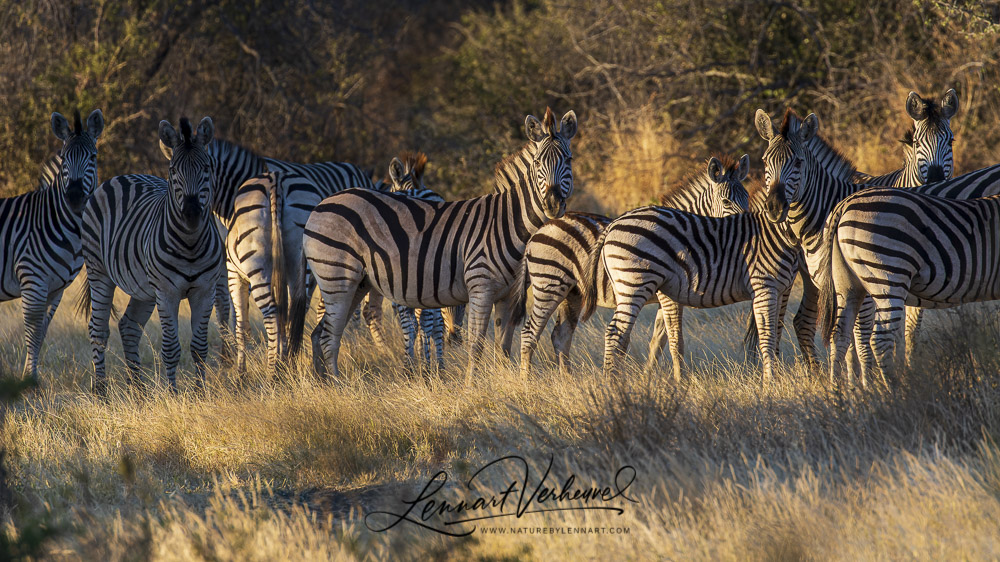
Africa has many kinds of ungulates, ranging from the prehistoric seeming rhino’s to the tiny steenbok. That’s why I wanted to give them some special attention in a separate blog and give you an idea of the kinds of ungulates you could encounter in Africa, by showing some of the ones I encountered during my trip through South-Africa, Botswana and Namibia.
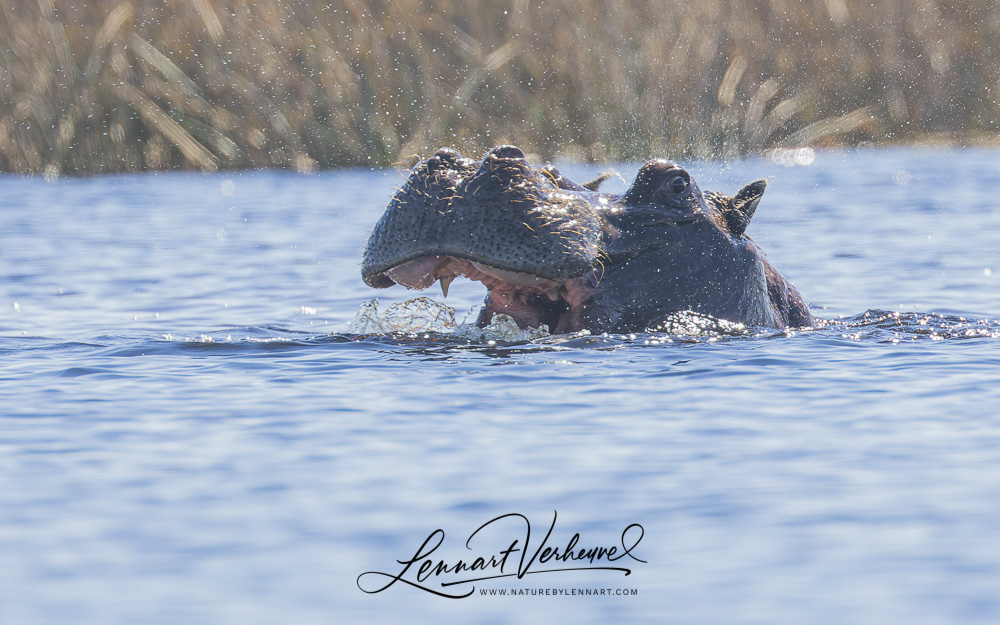
The Okavango Delta is the largest delta in the world that is not connected to a sea and I was able to visit a small part of it. The most obvious way of transport in such an area with a lot of water is of course a boat, but large areas of the Okavango are very shallow: about half a meter. That’s why local inhabitants have used hollowed out tree trunks, mokoro’s, for ages to be able to move around quickly in this swamp. Nowadays it’s mainly a tourist business and the mokoro’s are now made of plastic. It all works still the same though! Two people sit together in a mokoro and on the stern stands a guy that keeps the whole thing going. Our plan was to spend the night with our group in the Okavango. We would go there in a mokoro and the next morning we would do a bushwalk. So at the end of the afternoon we sailed into the Okavango, which that was already a very nice experience on its own.
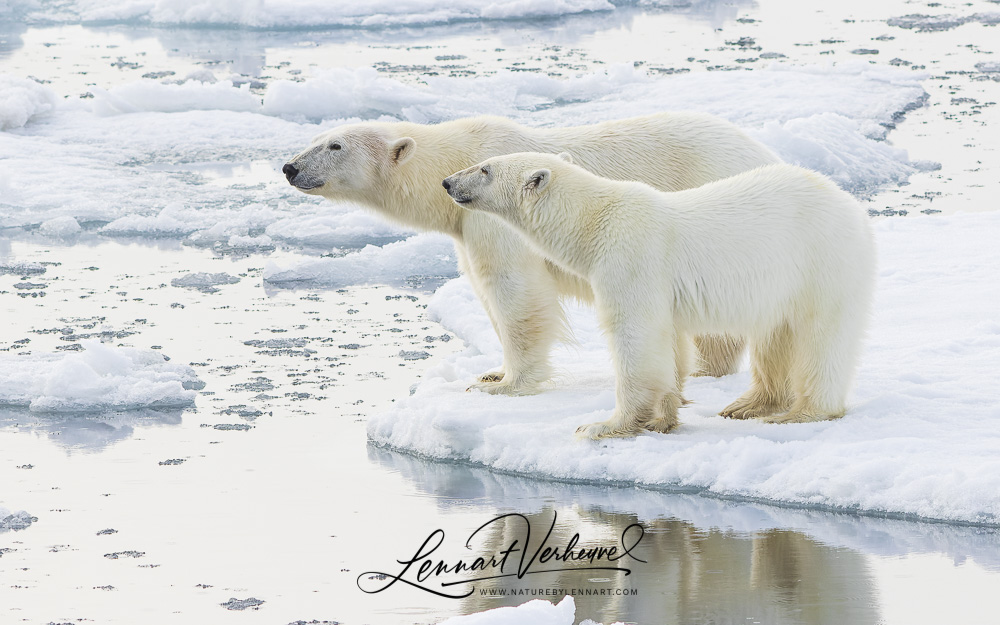
We’ve been on the ship the Plancius for four days now. After we took off from Longyearbyen, we sailed north in the direction of the pack ice. On the first day I saw already a species that was a huge target for me, the largest animal on the planet: blue whale! The birds are also coming along nicely, photographing flyby puffins is a challenge but it gets easier. With a successful start in Longyearbyen I have already seen most of the birds I’ve been wanting to see. Today is the day that we should arrive at the pack ice and that means a big chance on the main target of the trip: Polar Bear!